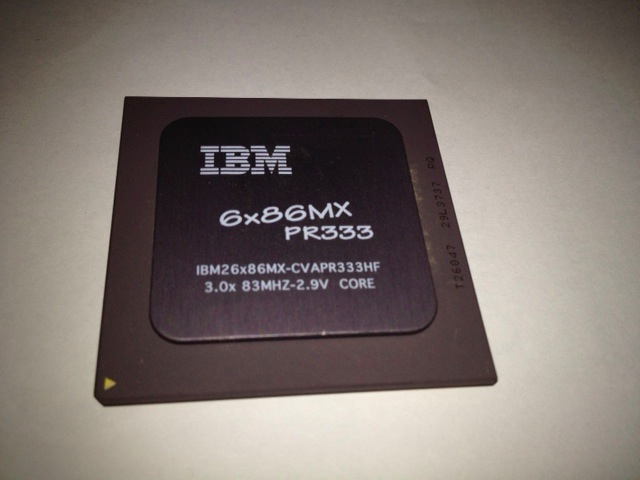The speed of CPU/graphics communication could be an advantage, but that would obviously be limited by the feature set of the graphics controller/accelerator. (if it's slow/weak/feature-poor, that speed isn't going to help much)
On the other side, there's also the performance disadvantage of sharing main RAM for graphics (a similar problem regardless of the controller being on-chip with the CPU -chipset embedded graphics have similar problems). One major advantage there would be for CPU based rendering, since you could write/copy/modify the framebuffer directly in main RAM without having to fiddle with copying to video memory over the ISA/VESA/PCI/AGP bus. However, most/all software assumes a conventional dedicated VRAM configuration and bypasses that advantage too.
Too bad the Media GX was limited to low FSB speeds and lacked external cache support. (either of which would have been useful for closer-to-mid-range systems, and better future proofing in general -as faster chipsets/RAM got cheap)
And as I mused on before, implementing the 5x86/GX core (sans embedded video/sound) in socket 7 form factor would have been really interesting too. (primarily as a low-end counterpart to the 6x86/MII, but potentially more than that too if yields ended up consistently higher, allowing higher clock speeds -and thus more competitive FPU/multimedia performance; maybe the 5x85 core would have ended up as the low-end multimedia/gaming option with the "full" but slower clocked 6x86 and MII catering more to the high-performance business/desktop market -assuming they didn't beef up FPU performance or manage to get specific game/driver support with more integer-centric implementations)
And, of course, it's unfortunate that Cyrix didn't manage to balance their system-on-a-chip and mainstream CPU design/development better. (hell, had they managed to stay competitive in mainstream CPUs, they probably would have had a much better chance to get established in embedded stuff too . . . as it is, they -or National Semiconductor at least- seemed to switch focus to embedded R&D too too soon and too heavily, and they ended up falling behind in the mainstream while also failing to establish a strong niche in the embedded market -NS's own financial problems certainly didn't help either)
The Red Hill museum has an interesting take on this subject:
http://redhill.net.au/c/c-8.html
A weird and innovative design, the MediaGX arrived in 1997. It was an all-in-one device combining CPU, memory controller, graphi […]
Show full quote
A weird and innovative design, the MediaGX arrived in 1997. It was an all-in-one device combining CPU, memory controller, graphics card and PCI controller on a single chip. In its success, it destroyed an entire company.
Because it seemed to have so much potential in the low-cost market, as a set-top box component in particular, it dragged Cyrix's attention away from the main market — orthodox high-performance desktop parts — and attracted the interest of other companies, notably National Semiconducter, which bought Cyrix largely on the strength of the MediaGX design, and over the next year or so proceeded to mismanage the company into oblivion.
→ A very unusual way of mounting a CPU. Yes, it's just as thin and flat as it looks in the picture. It's a MediaGX-166 from a Compaq Presario P2200.
The MediaGX was developed by Cyrix's second design team, the same team that had produced the 5x86, as a low-cost component for mass-market home systems. With a MediaGX-based system, the video card and sound card functions were performed on the CPU itself. This resulted in a cheap and reasonably well-performed system, but it was non-standard and rather restrictive.
The single-chip motherboard was unique to the MediaGX and couldn't be chip-upgraded to a Pentium or 6x86, and the built-in sound and graphics prevented these from being upgraded too. In short, the MediaGX was mainly of interest to brand-name manufacturers selling cheap and underpowered systems to first-time buyers through the supermarket outlets. Amstrad and Commodore were both defunct by this time, but they would have loved it.

